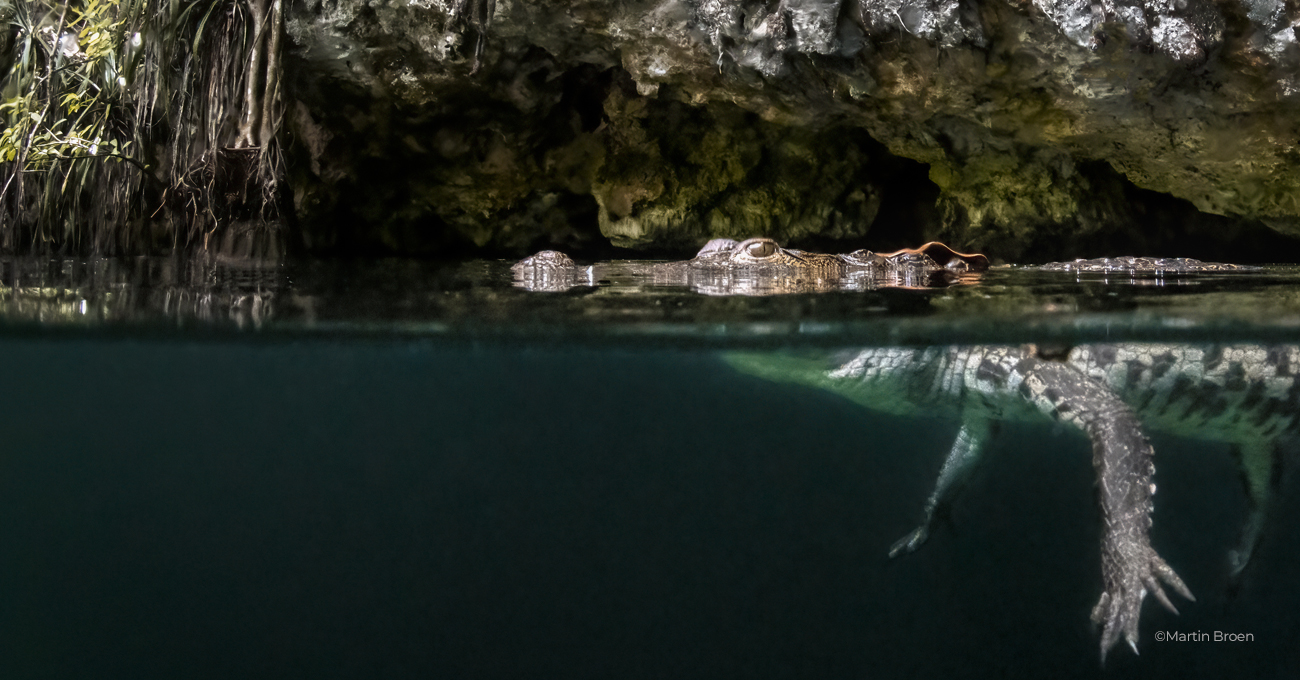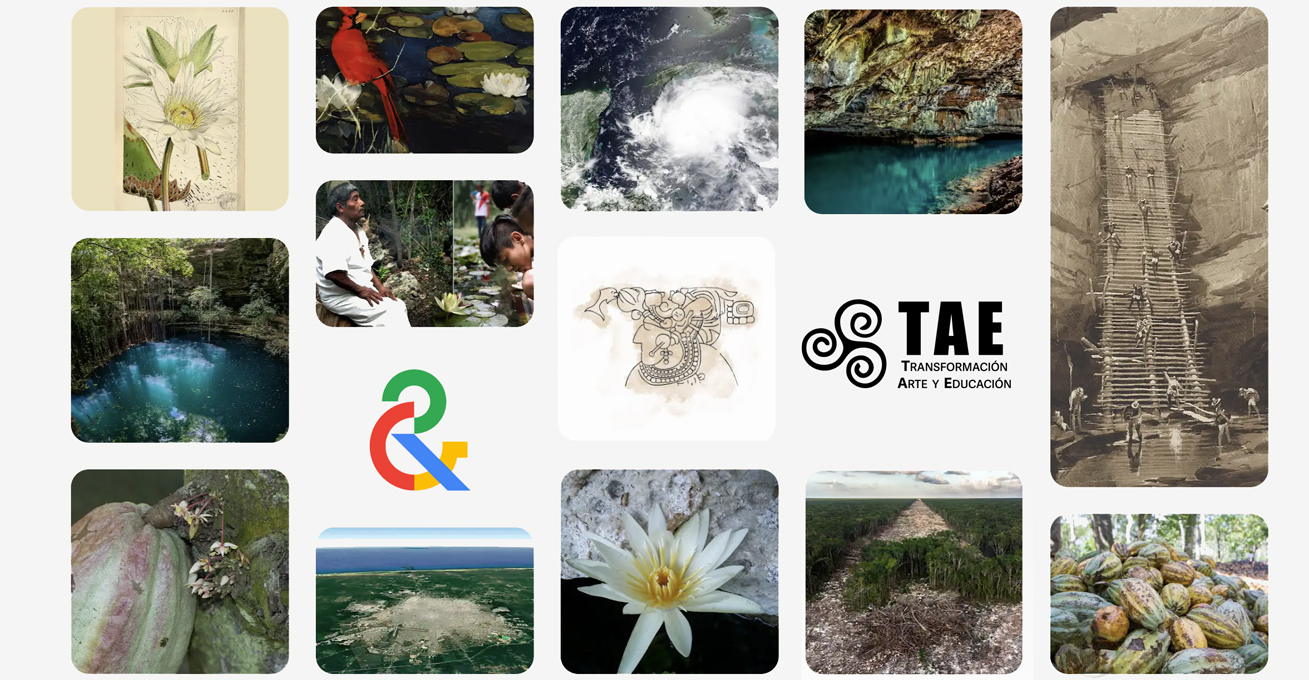
Human population growth and voracious consumption have transformed and many times degraded the planet ́s ecosystems. For most people it’s easier to perceive the destruction of a jungle than that of an invisible ecosystem, such as a coral barrier or seagrasses. However, the loss of invisible ecosystems also has significative consequences, both to the species that inhabit them, and to us.
The aquifers, subterranean water reservoirs, are an example of invisible ecosystems. They vary in size, flow and structure, from big underground rivers to small cracks that act as sponges. Nevertheless, aquifers are not only water deposits; they are fundamental for maintaining aquatic and terrestrial ecosystems, as well as our communities.
In the Yucatan Peninsula we find one of largest aquifers in the world. This aquifer includes an extensive system of underground rivers and is characterized for the presence of cenotes, sky-view windows which reveal subterranean water. It is estimated that about 9,000 cenotes exist in the peninsula, many of which create the spectacular “ring of cenotes” around Chicxulub. The great asteroid, which left its footprint in the north of the peninsula, caused the fifth massive extinction approximately 65 million years ago, marking the end of the extraordinaire dinosaurs and other ancient lineages.
Cenotes are not only crucial for local communities as sources of water and recreational spaces, but as housing for a rich diversity of endemic species. Among its inhabitants we find the discolored catfish, the Yucatecan guayacon and the southeastern mojarra, as well as cave-dwelling species such as the white lady and the blind eel.
During the dry season, cenotes stand out in the scenery for its exuberant vegetation with tree species such as the black fig trees, palo mulato and mandimbo. These trees are fundamental for maintaining local diversity, as they provide food and refuge for birds, mammals, insects and reptiles. Their presence also contributes to create microclimates vital for the survival of many species in drastically dry season.
Historically, the Yucatan peninsula has experimented substantial transformations in its ecosystems due to diverse human activities, from ancient agriculture, through the exploitation of the “palo de Campeche”, mahogany, cedar, henequen, and unplanned urban growth. These changes, accelerated by growth in population, have had a severe impact in the integrity and health of ecosystems, including the invisible aquifer.
The continuous degradation of said invisible ecosystems is alarming and threatens not only the biological richness of the region, but also the culture and economy of local communities. To guarantee the health of communities and ecosystems on the Yucatan peninsula, its crucial implementing effective conservation and restoration measures. This includes reducing pollution, sustainable management of natural richness and development of urban and agricultural practices that respect the aquifer ́s ecological integrity and their dependent ecosystems. The protection of these invisible ecosystems is essential in assuring a sustainable future for upcoming generations based on the preservation of natural and cultural wealth which defines this unique region of the world.



